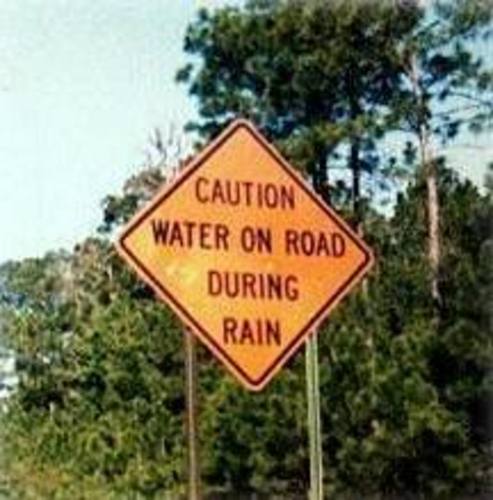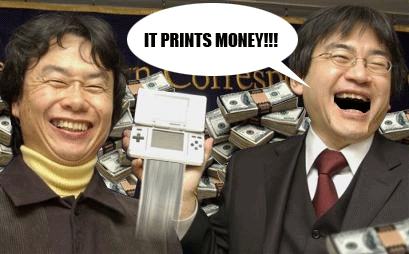
It's the beginning of the end, and I'm standing in front of the door that will change everything. The once clear sky is dark, having been torn with piercing shafts of light symbolic of my crime, and an unknown power is ravaging my body, having deteriorated my appearance to one more resembling a specter than a person.
I have physically and mentally endured radical changes to get here.
It's practically at the end of Shadow of the Colossus, and the temple I'm praying at to save is letting me know so. The path to the final colossi lies just at the end of a nearby gulf, and with an armageddon of my own machinations at hand, I can't stop thinking about the temple itself. There were many marking the land as far as I could recall, yet my map had only revealed five. Had my tunnel vison blinded me to the majority, dedicated as I was to my cause? Whatever the reason, the grip augmenting lizards and opportunities to save weren't a bad catch for finding one either, so with the end in sight and nothing to lose, off I went to find more.
With 15 down and one to go, I stared to explore.
In searching for more of these temples, I rediscovered just how rich the world was.
It amazed me once more that so much could be done with so little, and like the best details, that so much could be achieved in their subtlety.
Temples with a consistency of design suggesting one religion instead of several.

Ruins of castles far too large for any human, but too small for the gods that inhabit the land, bringing to question the physicality of the people and the role they played.

Underground networks and catacombs that reveal their enterances in mountainsides, a mixture of manmade and natural formations that perhaps suggest an evolution of sorts, giving the area centuries of prospective history.

But how much of this is true, or could be true? That's the brilliance.
The world itself is so without explanation, that as a player and active participant, your actions define the tale moving forward. But at the same time, there's a history to this land. A past that predates your existence. A lore that extends beyond what the developer refuses to tell you with finality, and instead has to exist in your imagination because of this stubborn fact.
In my opinion,this makes the land in Shadow one of the richest game worlds ever conceived. It's wholly minimalist,yet rich presentation contributes to this in a way that being as detailed as say, Grand Theft Auto 4 could never muster. Why? Unlike other games that tell you where there world begins and ends, here, it's only as vast as you can imagine. You can see how expansive the land is , but how much so is left to your sense of exploration. You get evidence of society having existed, but are given unspecific details towards this. This provides a template for conclusion that any player can come to no matter what their train of thought, and it means the unspecific details can flourish and be satisfying safely within the bubble of your own logic.
Reading the many conclusions players have come to regarding this more than speaks for itself.

We tend to define our game worlds by how well they carry off their sense of time and place, how when done just right it truly is like a living and breathing thing as much as the characters themselves. This usually translates in the number of NPCs you interact with, or how many towns and cities you can cram into one worldmap. A large number of sidequests, cutscenes and items to retrieve, each another breadcrumb towards a complete feeling world. These games are usually 30-40 hours long.
Shadow of the Colossus takes around 8.
I'd forgotten just how much this game had done with so little.
Continue Reading..














































